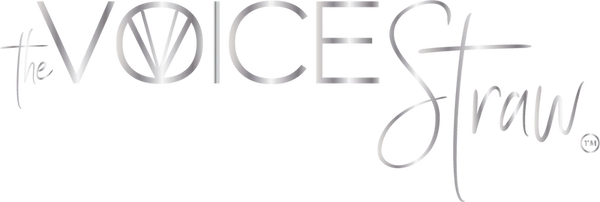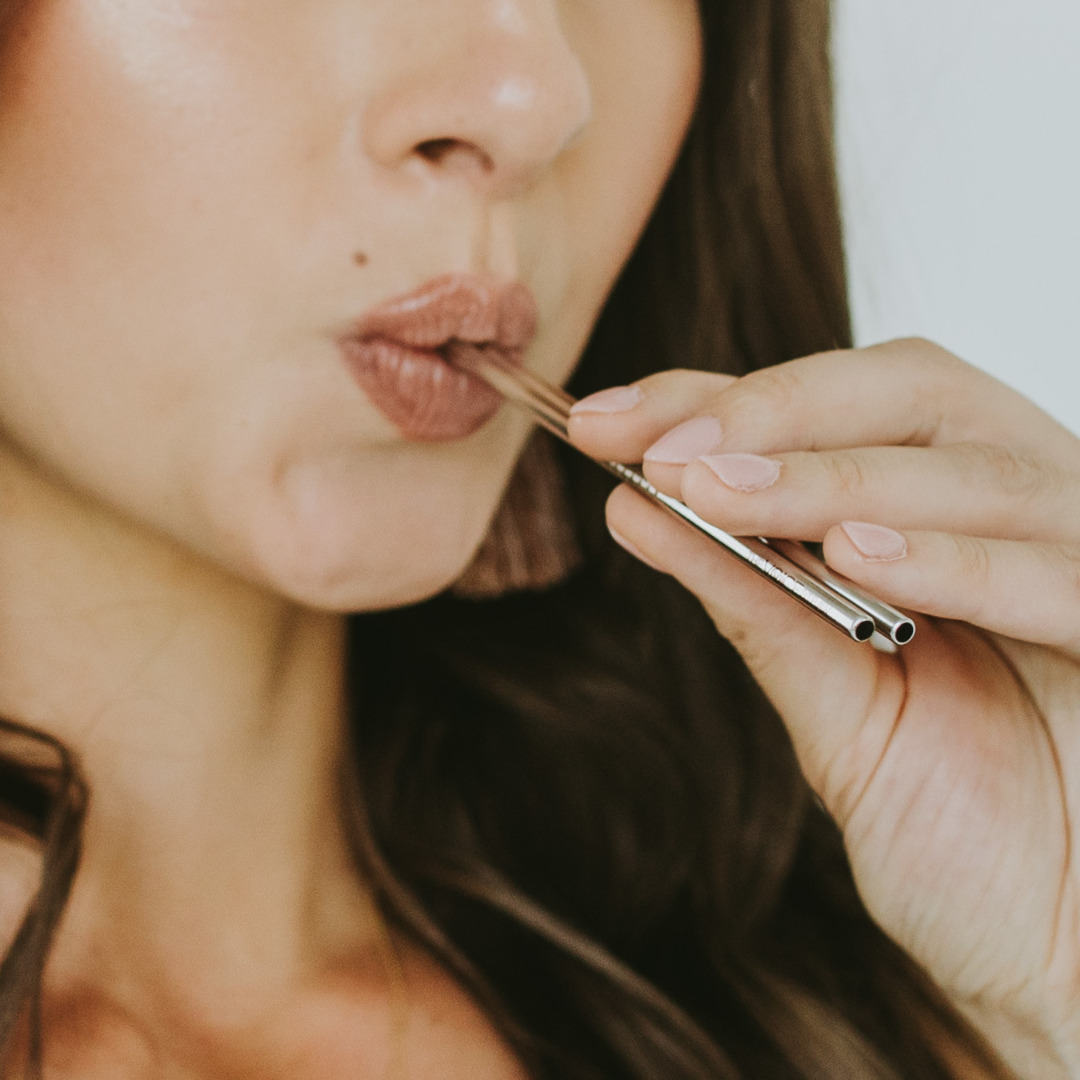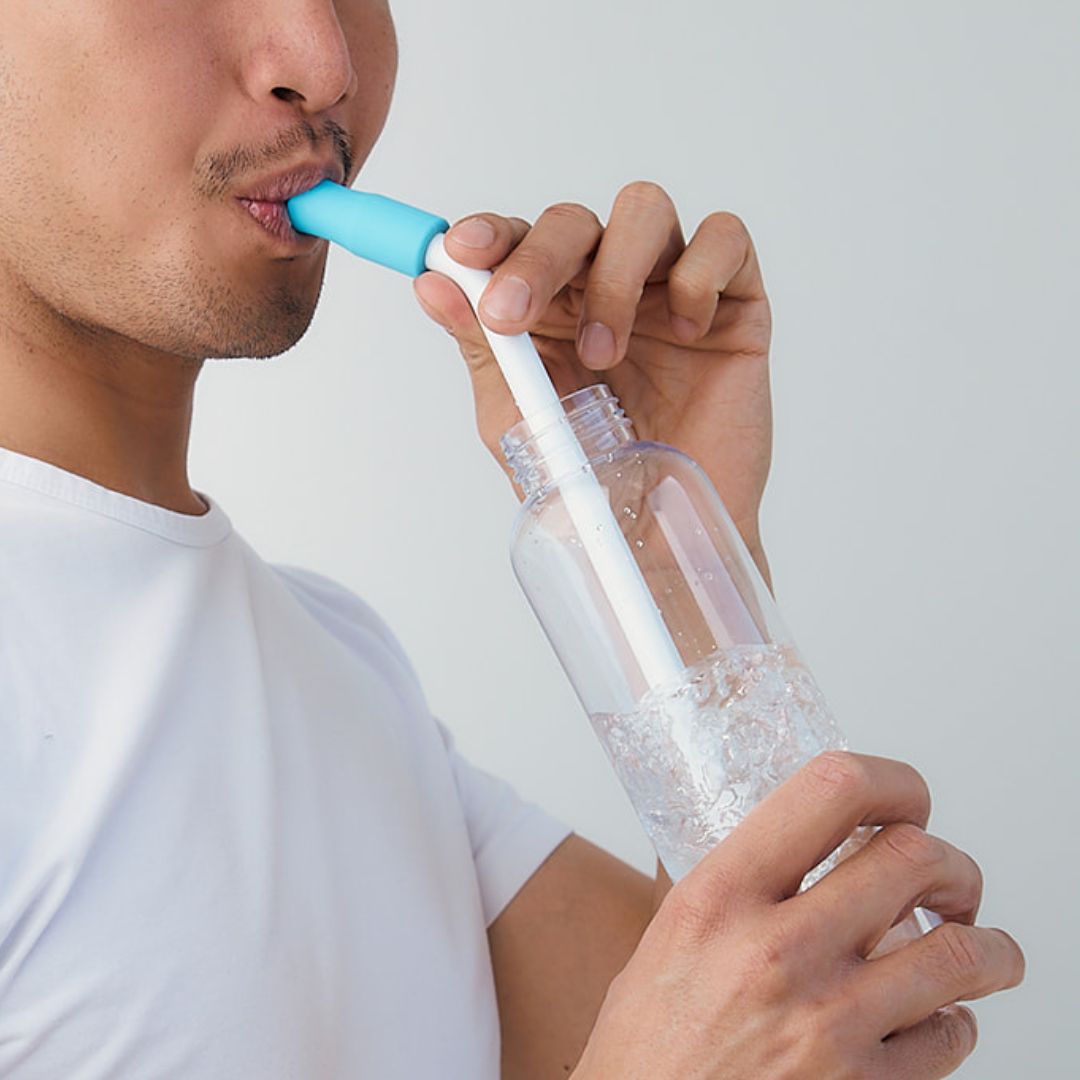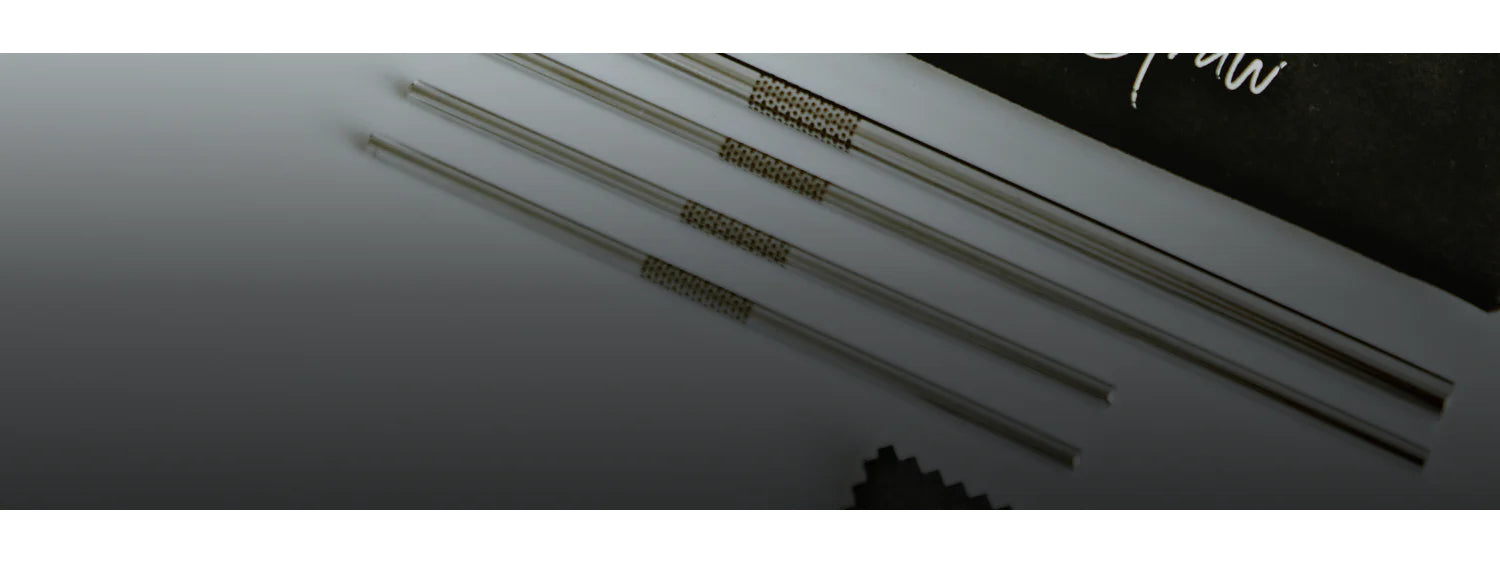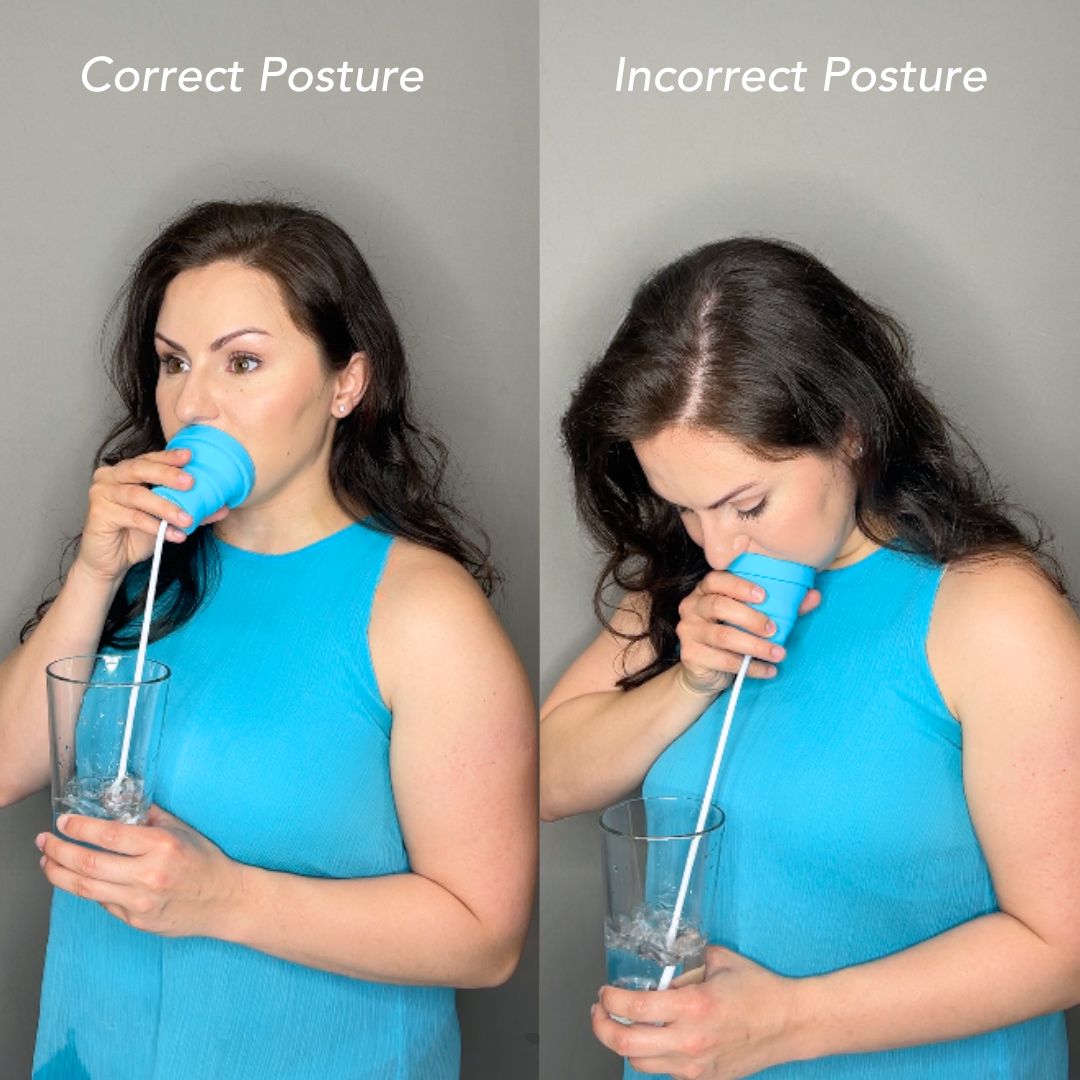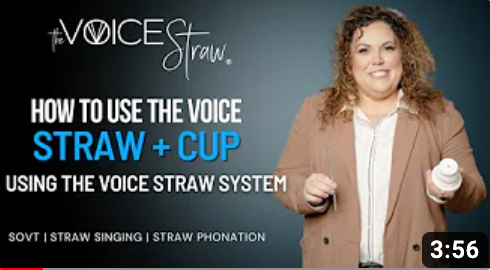I have been struggling to find a suitable plastic bottle for training. I would appreciate it if you could sell the bottle separately, even as an optional accessory.
I was using a just regular stainless steel drinking strap but this is so much better and I got the cup set too which gives you a lot more back pressure which can really help increase your range.
These tools are utterly indispensable and I use them for each and every vocal warm up session.
I would not be without the voice straw and can attest to the benefits of using straw combined with water. Really really helpful for any serious user of the voice.
Also...I found customer service to be very positive. They are hot on the comms.
